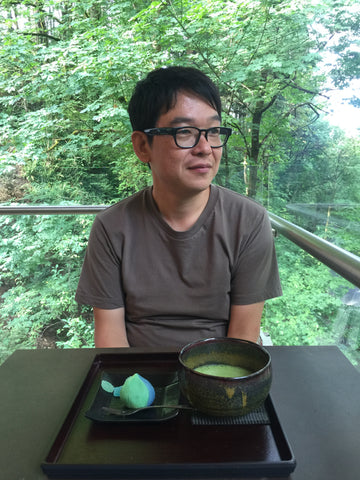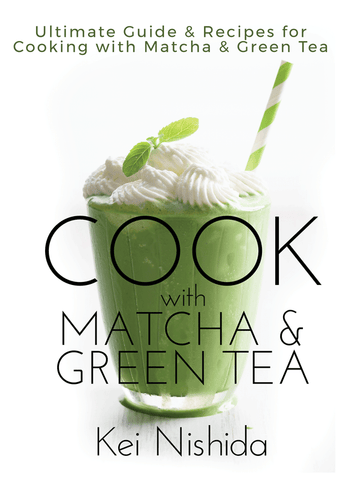Everything You Need To Know About Aracha

What is Aracha Tea
Aracha is an unfinished Japanese green tea, and literally translated as “raw tea”. Ara means crude, rough, or raw in Japanese, while cha is the Japanese translation of tea, which means that this type of tea is not processed yet, unsorted or the harvested green tea leaves, unrefined, unblinded, and coming from the same field. That is why some would call it farmer’s tea leaves. Aracha is simply a Japanese green tea that has been freshly picked and steamed immediately to prevent oxidation and subsequently rolled and dried carried out by farmers themselves, or in shared local factories.

Aracha contains all the part from the tea plant
Can I Drink Aracha Tea?
Although aracha is ready to drink as is through the brewing method depending on the instructions provided, it is usually sold to several brokers to be eventually sold to different tea companies and distributors for processing of their final green tea products in the market.
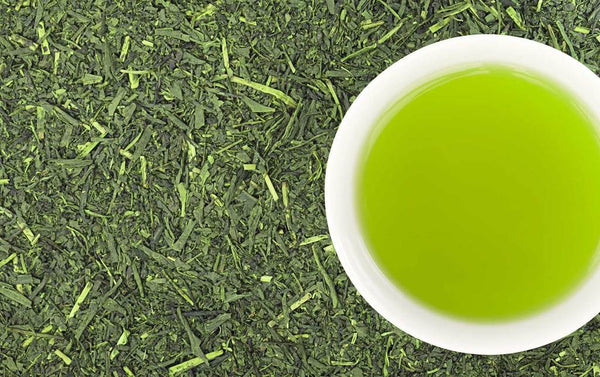
Health Benefit of Aracha Tea
Aracha has more nutrients than other refined tea due to the "natural" state of the tea. It is known that there are four types of catechins (tannins) that produce astringent components contained in unprocessed tea leaves: Epicatechin, Epigallocatechin, Epicatechin gallate, and Epigallocatechin gallate, which works to reduce the absorption of fat and cholesterol. After steam processing in the factory, four new catechins are further created.
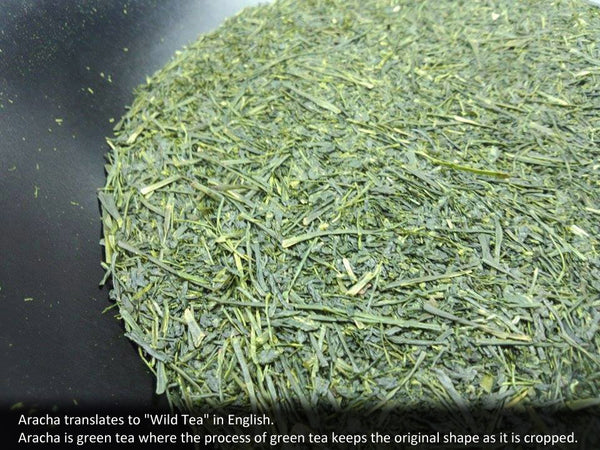
Processing of Aracha Tea
In general, fresh tea leaves are processed into Aracha, which is the first step in green tea production. Green tea leaves whose moisture content is 78% by weight are processed and manufactured by steaming the fresh leaves to inactivate enzymes and then pressing and heating the leaves with a series of the treatments through primary rolling, rolling, secondary rolling, final rolling, and drying to have needle-shaped tea leaves.
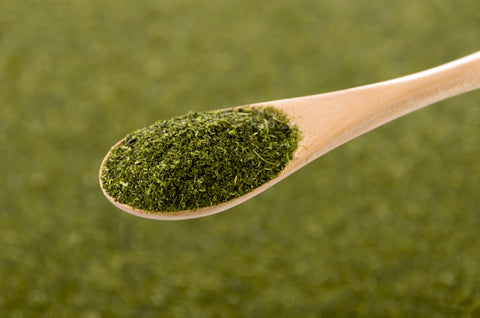
More Detail About Aracha Processing
In detail, the process of making crude tea is divided into 6 sub-processes. Tea Steaming is first done around 30 seconds to 2 minutes to kill the oxidizing enzymes in fresh leaves, add fragrance to the smell and increase the flexibility of leaves for easier operation of making process. Leaves are then steamed evenly then cooled down rapidly.
Primary Drying and Rolling are done by twisting and drying the leaves in the machine with press arms and stir arms at around 35 centigrade for effective drying and higher quality of tea for about 45 minutes. Rolling is done by twisting the leaves through pressing without heat to have uniform moisture and takes about 20 minutes for this process. Secondary Drying and Rolling is done by a direct-fired furnace, the main shaft with press arms in the rotary drum, which presses and dries the leaves giving the leaves a gradually long shape and takes about 40 minutes for this process and the final drying and rolling is then done to reduce the moisture of the leaves and to have needle-shaped leaves by pressing the leaves as being dried by a burner, taking about 40 minutes to finish the process. Drying Leaves is the final process of putting the leaves in a drying chamber of 80 degrees centigrade heat to reduce the water content to be about 5% for about 30 minutes.
The resulted product is Aracha, which now as 5% moisture content by weight. During the process of manufacturing crude green tea, chlorophyll changed to pheophytin, and contents of glycolipids and phospholipids decreased. Farmers will then distribute these leaves to several tea companies, and the final products are being labeled by the tea companies as their own.
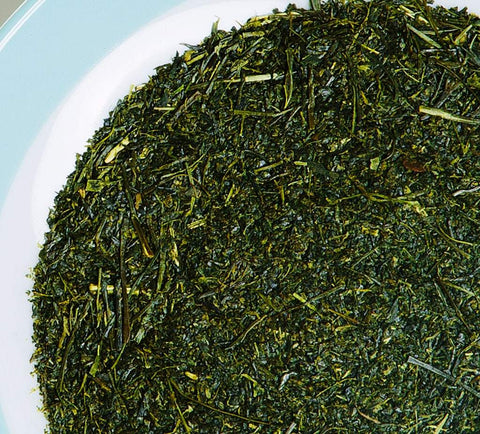
What Does Aracha Taste Like?
In this type of tea, the whole leaf is being used for production, including the stems, veins, baby hairs, and bits of broken-down leaf, left fresh and undried, giving it a bolder taste and deeper green color but would still depend on the cultivation and production process. Some tea companies take the leaves through second processing to separate the leaf and stem, sift and remove the fine hair on the leaf and cut to get leaves that are the same size. Other tea companies also sort the tea leaves depending on the grade of tea leaves they sell in the market. Thus, the process is to combine low grade, medium grade, and high-grade leaves to create the product for the retail market. Some tea companies also blend Aracha to process Shiagecha or refined tea which is supplied to consumers.
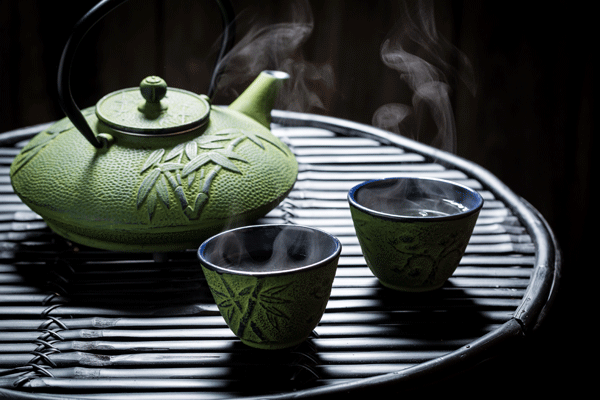
Heating Aracha
For its longer shelf life and improvement of taste and flavor, some tea companies also heat the crude green tea at 110 – 1300 degree Celsius, through Hire or firing, which, however, reduces the amino acids, vitamin C, free reducing sugars, glycolipids, phospholipids, and some other compounds and the end product is called is Hire cha or fired green tea, which is generally sold on the market. Should longer shelf life is needed, it is advised to store the aracha at reduced temperature, which is below 10 or 5 degrees Celsius that could preserve the aracha.
Note: Our Premium Aracha (sold below) does not go through this.
Making Aracha to Hojicha
There are also tea companies that roast the crude green tea at 150°-170 degrees Celsius, typically using an oven that gives a combination of microwave and far-infrared heating. However, this reduces most of the compounds such as amino acids, vitamin C, and glucose up to 20 to 40 percent, to produce Hoji-cha or roasted green tea that has a strong roasted flavor. Click here to learn more about hojicha
Buy Premium Aracha
Gokyuzyo aracha is considered one of the best crude green tea based on taste, water level, aroma, and the quality of the leaf itself. Gokuzyo translates literally to "The Highest Grade" in Japanese.
Related Articles You May Be Interested
Also in Japanese Green Tea Lovers in India

TYPES OF TEA: MATCHA VS SENCHA GREEN TEA: WHAT ARE THE DIFFERENCES?
When it comes to different types of tea, matcha and sencha green tea are two many people have questions about! Get answers in this post.

Is Green Tea Good Against Depression?

What is the best way to store your matcha & Japanese green tea?
5 Essential Storage Rules for Matcha and Japanese Green Tea
Read on to learn how to store matcha the proper way to ensure that you get the most out of this ancient elixir.






